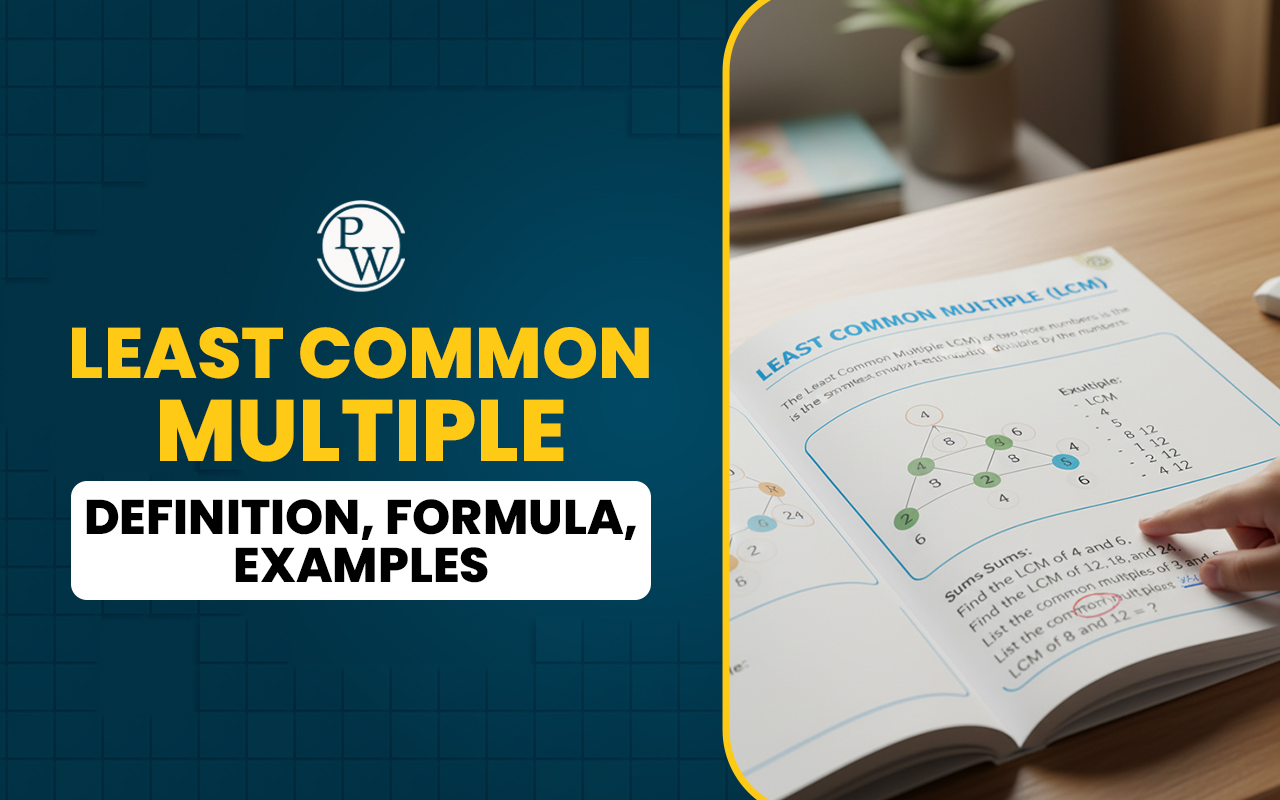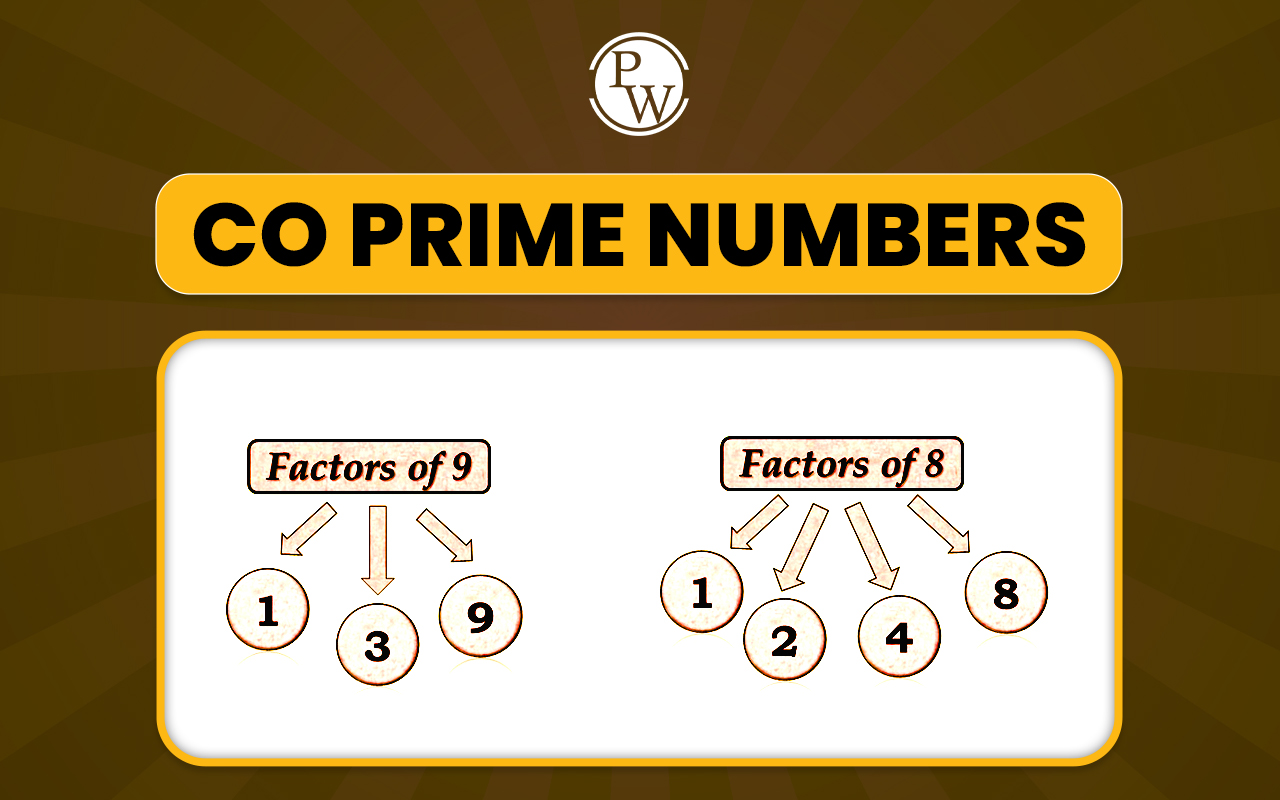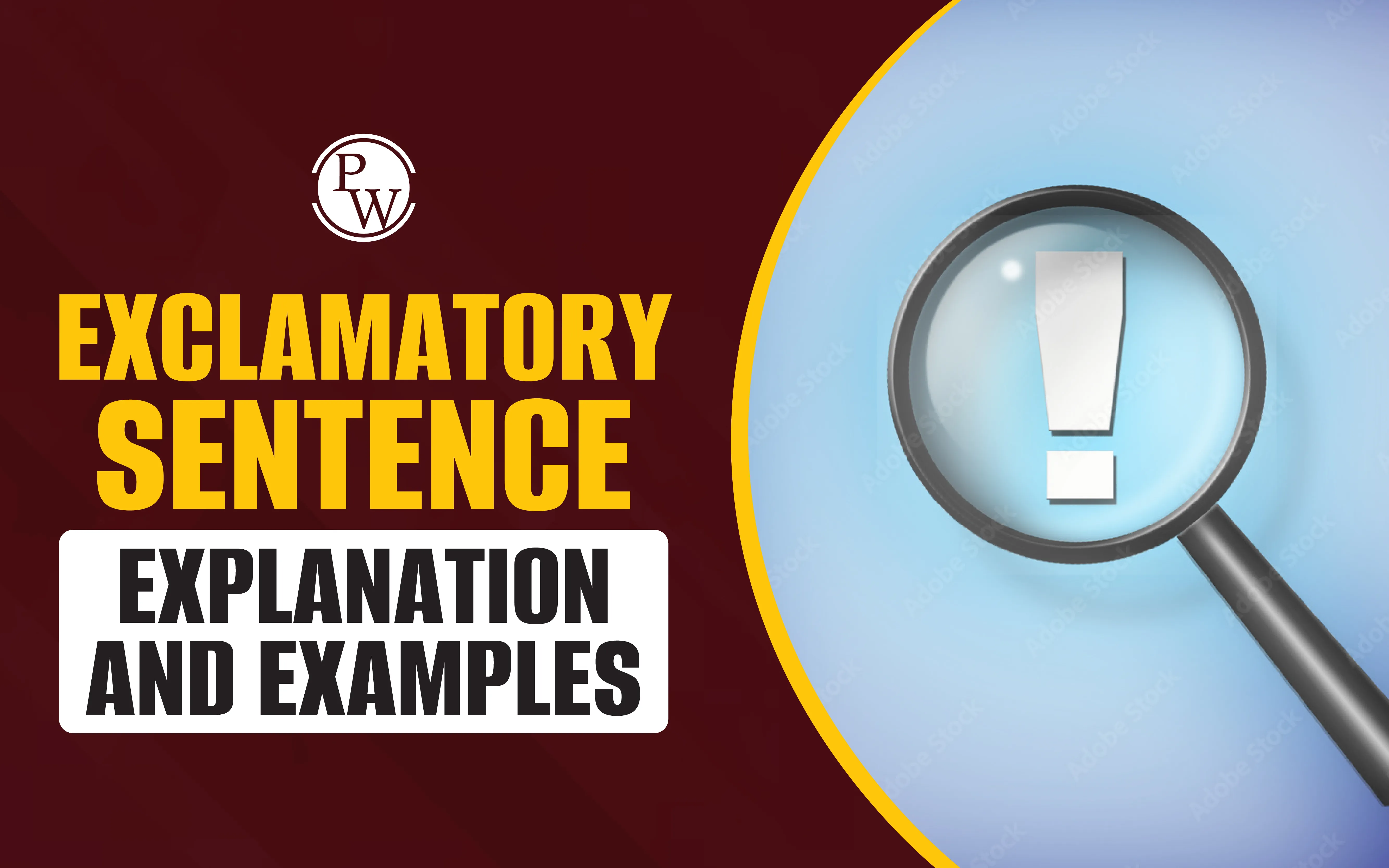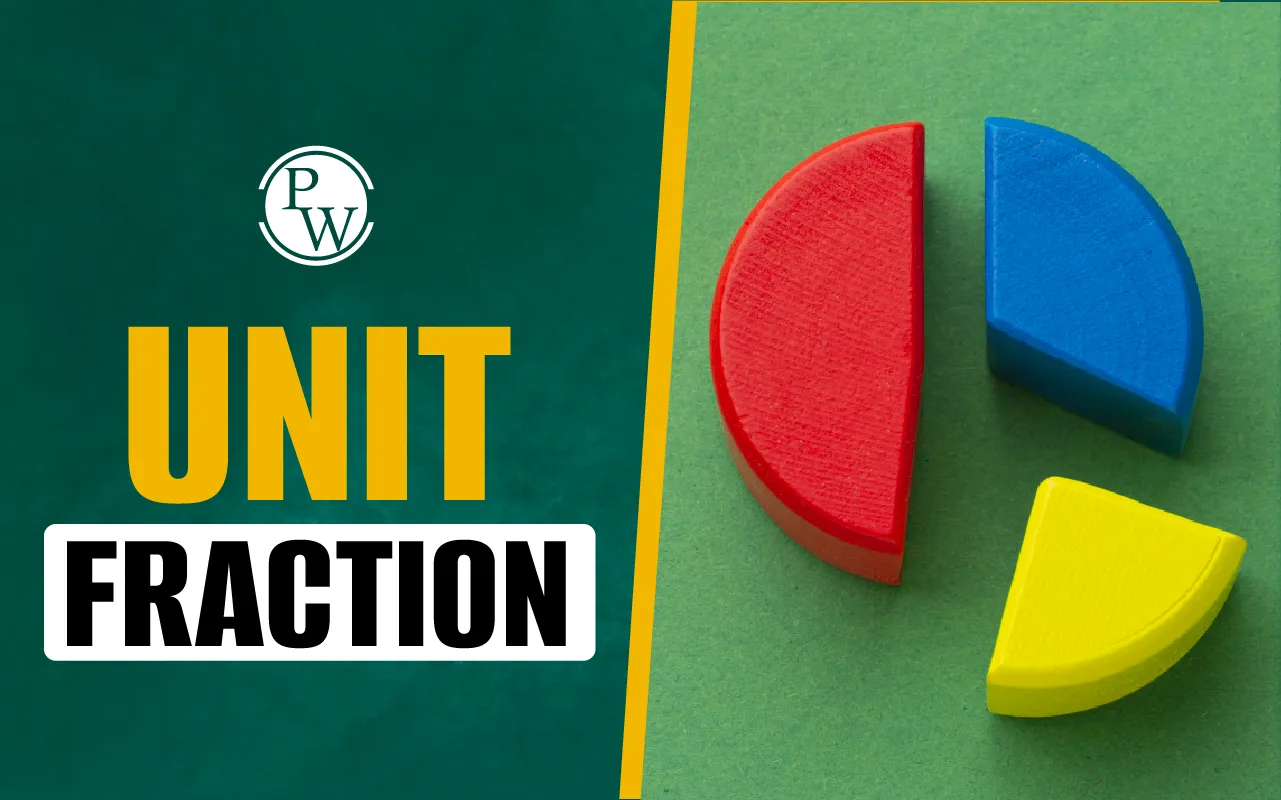
Reference Angle: In geometry, a reference angle is the small angle formed between the terminal arm of a given angle and the x-axis. It is always measured as a positive angle and is less than or equal to 90 degrees. No matter which quadrant the angle lies in, the reference angle is always acute (less than 90°).
Moreover, reference angles help us work with angles greater than 90° or angles with negative values in an easier way. It shows the exact position of the angle and makes calculations simple, especially in geometry and when solving trigonometry problems.
Read More: Division of Fractions
What is a Reference Angle?
When we draw an angle on a coordinate plane, the angle ends at a certain point called the terminal side. The reference angle is the shortest angle made between this terminal side and the x-axis.
It does not matter if the terminal side lies in the second, third, or fourth quadrant—the reference angle is always taken towards the x-axis and is always positive.
So, to answer the question "what is a reference angle?" In simple words, we can say that It is a way to turn any angle into an acute one (less than 90°) so that we can easily use it in geometry and trigonometry.
Whether the given angle is large or negative, its reference angle is always between 0° and 90°, or 0 to π/2 in radians. This makes solving angle-related questions much easier.
Read More: What are Whole Numbers?
How to Draw a Reference Angle?
Drawing a reference angle is easy once we understand the position of the given angle on the coordinate plane. For those wondering how to draw a reference angle, here is the step-by-step guide to do it:
-
Step 1: First, draw the x-axis and y-axis to form four quadrants.
-
Step 2: Draw the given angle starting from the positive x-axis, moving counterclockwise or clockwise, depending on the angle.
-
Step 3: Identify the terminal side of the angle (where the angle ends).
-
Step 4: From the terminal side, draw a straight line down (or up) to meet the x-axis, forming the smallest angle between the terminal side and the x-axis. This smallest angle is the reference angle.
No matter where the original angle is, the reference angle is always drawn between the terminal side and the x-axis and is always an acute angle.
Also Read: Types of Line in Math
Example:
If an angle measures 120°, it lies in the second quadrant. To draw its reference angle, first:
-
Draw the 120° angle starting from the positive x-axis.
-
The terminal side will be in the second quadrant.
-
Draw a line from the terminal side straight down to the x-axis.
-
The angle between this line and the x-axis is the reference angle.
-
Here, the reference angle is 60°, because 180° − 120° = 60°.
Reference Angle Formula
The reference angle helps us find the smallest angle between the given angle and the nearest x-axis line. The formula to find the reference angle changes depending on which quadrant the angle is in. Here are the reference angle formulas for each quadrant:
-
Quadrant I (angle between 0° and 90°): Reference angle = θ (Here, the reference angle is the same as the given angle.)
-
Quadrant II (angle between 90° and 180°): Reference angle = 180° − θ
-
Quadrant III (angle between 180° and 270°): Reference angle = θ − 180°
-
Quadrant IV (angle between 270° and 360°): Reference angle = 360° − θ
If the angle is in radians, the same rules apply, but we replace 180° with π and 360° with 2π.
-
Quadrant II: Reference angle = π − θ
-
Quadrant III: Reference angle = θ − π
-
Quadrant IV: Reference angle = 2π − θ
These formulas help students easily find the reference angle no matter where the angle lies on the circle.
Example: Find the Reference Angle of 140°.
Solution: The given angle is θ = 140°. We know that 140° lies in Quadrant II.
From the formula for Quadrant II: Reference angle = 180° − θ
Now, putting in the value: Reference angle = 180° − 140° = 40°
So, the reference angle of 140° is 40°.
Read More: Co Prime Numbers
How to Find Reference Angles Greater than 360 Degrees?
In the above section, we learned how to find reference angles when the angle is between 0° and 360°. But what if the angle is more than 360°? Let’s understand the steps to find the reference angle when the given angle is greater than 360°, using a simple example.
Example: Find the reference angle of 420°.
Step 1: Find a coterminal angle between 0° and 360°.
We do this by subtracting 360° from the given angle: 420° − 360° = 60°
So, the coterminal angle is 60°, which lies between 0° and 360°.
Step 2: Find the reference angle.
Now check where 60° lies. Since 60° is between 0° and 90°, it lies in Quadrant I. So, the reference angle is 60°.
Step 3: Therefore, the reference angle of 420° is 60°.
Important points to remember here are:
-
A reference angle is always positive and lies between 0° and 90°.
-
We can find the trigonometric values of large angles using their reference angles.
-
Just find a coterminal angle first, then use the formula based on its quadrant.
Moreover, to solve reference angle trigonometry questions easily, just remember the values of angles in Quadrant I. Using reference angles, these values can help with angles in any quadrant or even greater angles like 420°, 480°, and so on.
Read More: Even Numbers: Definition, Example, Properties, List 1 to 1000
Important Applications of Reference Angle
Reference angles are very useful in trigonometry. They help students solve problems easily by using simple angles from the first quadrant. Find out some important uses of reference angles as outlined below:
Used to Find Trigonometric Values of Any Angle
We can use the reference angle to find the sine, cosine, or tangent of any angle, even if it is large or lies in other quadrants.
-
For example, instead of directly finding sin(150°), we find its reference angle, which is 30°, and then use that to get the value.
-
So, sin(150°) = sin(30°) = 1/2. And since 150° lies in the second quadrant, the sign of the value will be positive.
This method is part of what students learn in reference angle trigonometry, where simple first-quadrant angles are used to solve tough problems.
Read More: Ratio and Proportion
Helpful in Drawing and Understanding the Unit Circle
Reference angles are used in the unit circle, which is a circle with a radius of 1.
In the unit circle:
-
The x-coordinate shows the cosine value.
-
The y-coordinate shows the sine value.
Using reference angles helps us easily find these coordinates for angles in all four quadrants by using the values from the first quadrant.
Read More: Ordinal Numbers 1 to 100
Make Mental Math Easy and Quick for Your Child with CuriousJr
Do you notice your child takes too long to solve simple math sums in their head? Even when they know the answers, slow mental calculations can lower their confidence and can also affect exam performance.
With Mental Maths Online Classes, you can help your child learn easy and fun tricks to calculate faster and more accurately.
-
The classes are interactive and enjoyable, keeping your child engaged while building strong math skills.
-
With two teachers guiding your child, they get the care and support they need every step of the way.
-
You will also receive regular updates and feedback on your child’s progress through meetings and report cards.
Book a demo class today and see how CuriousJr can help your child become quicker, sharper, and more confident in math.
Reference Angle FAQs
Q.1. What is a reference angle?
Q.2. Why is learning reference angles important?










